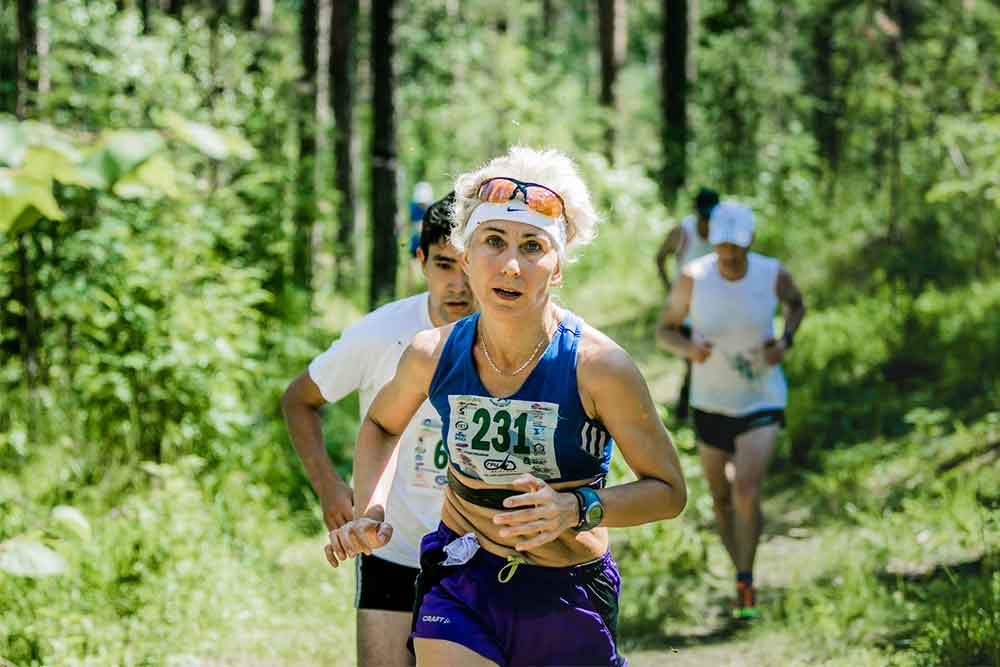Julia C. Basso, PhD
Reporting from the 2017 Annual Society for Neuroscience Meeting
The ability to adapt your movement to signals or cues in the environment is known as sensorimotor adaptation, the focus of one of the many minisymposiums at the conference. Dr. Rachael Seidler and her colleagues at the University of Florida study this phenomenon using the sensorimotor adaptation task, a task where you are required to move a joystick with your hand to hit a target on the computer screen.
Related Article: Exercise-Induced Increases In Brain Size
Excellent Performance Study
Dr. Seidler was curious whether anything about these older adults predict their excellent performance?
First, she found that those individuals who have better spatial working memory abilities have better sensorimotor function. She then examined the brains of individuals performing the sensorimotor adaptation task while in a magnetic resonance imaging scanner. Higher levels of activation of the right dorsolateral prefrontal cortex, a region of the brain involved in higher-level cognitive functioning, predicted better performance on this task.
She then examined whether any underlying genetic effects predicted good performance in sensorimotor adaptation – she focused on two dopamine genes (COMT and DRD2). Those individuals who had a genotype that coded for the highest levels of dopamine transmission in the brain showed the greatest performance in sensorimotor adaptation.
She then examined the relationship between motor movement and dopamine genotype (low versus high dopamine transmission) in Parkinson’s patients, a group of individuals with impaired dopamine signaling. Parkinson’s patients with the genotype that coded for low dopamine signaling walked more slowly and took smaller steps. When she examined responses to the drug L-DOPA, she saw something interesting. Those with the highest dopamine transmission genes, showed better baseline gait function but no response to treatment. Contrarily, those with the low dopamine transmission genes, showed a worse baseline gait function but a better response to medication.
Related Article: Resistance Training For Parkinson’s Disease
Takeaway
Future research will be needed to investigate other behavioral, brain, and genetic factors that contribute to individual differences in sensorimotor adaptation, how this behavior is modulated by age and disease states, and techniques to improve sensorimotor processing.
You Might Like:
